Many patients express concerns about asymmetry in the buttock region and hip dips, which can range from minor cases that may go unnoticed to more pronounced asymmetries that can cause discomfort and embarrassment. These asymmetries can occur due to weight loss, post-liposuction surgeries, or hereditary factors. Addressing this issue can help restore symmetry and achieve a more harmonious aesthetic appearance.
Correcting such asymmetry can result in a better body shape with enhanced curves and bring balance to the entire physique.
Traditionally, surgical intervention through liposuction and fat grafting was the primary method for correcting these types of asymmetries. However, with recent advancements in hyaluronic acid (HA) fillers, non-surgical treatment options have become available, offering excellent outcomes that are safer, simpler, and more predictable. The use of HA fillers for buttock and hip contouring presents a minimally invasive alternative to surgical procedures, allowing for precise and effective correction of asymmetries without the risks and downtime associated with surgery. Moreover, the procedure is performed under local anesthesia and the results are immediate, whereas surgical intervention requires general anesthesia and longer downtime.
HA filler is injected in the designated areas to achieve an aesthetically pleasing outcome and rebalance the ratio and proportions of the body, leading to patient satisfaction and improved self-esteem. However, this modality requires a certain level of expertise and technical skills, along with a thorough understanding of the underlying anatomy.
As a plastic surgeon, I prefer to treat such patients using HA filler particularly HYAcorp MLF2 which is a highly cross-linked body filler with a large particle size ideal for volumizing areas with depressions and providing a long-lasting result. I use an 18-gauge cannula to introduce the product and due to the biphasic nature and the advanced thixotropic technology (ATT) of the HYAcorp MLF2, injecting the product is smooth, making this an easy and simple procedure for both the doctor and the patient. Additionally, ATT promotes a longer duration of the filler and immediately returns to its normal state when the pressure is removed.
Furthermore, every single patient can receive a treatment customized to his needs, based on the required volume, and shape he desires. Additionally, the results are reversible, as the filler responds very well to hyaluronidase enzyme, allowing the product to be dissolved if necessary.
Proper antiseptic conditions should be applied, and the skin should be disinfected appropriately with the prescribed antibiotic before the procedure. One of the most helpful tools during the injection of body fillers is the ultrasound, as it ensures safety by verifying the product's insertion level, which should strictly be in the subcutaneous plane and never intramuscularly. In my practice, I tend to treat most patients with asymmetrical hip dips while they are standing.
This approach helps ensure that the volume injected is the desired amount and maintains a good contour and balanced ratio on both sides. I use either the fanning injection technique or the linear retrograde injection method, depending on the patient's anatomy and needs. I usually use the two-plane injection technique, which consists of placing the filler in two distinct layers: the superficial subcutaneous and the deep subcutaneous. To confirm correct placement, I usually insert the cannula at a 90-degree angle and then tilt it to inject in the superficial plane. Subsequently, I reinsert the cannula to access the deeper layer and begin the injection. For the superficial layer, I advise using MLF1, while MLF2 is recommended for the deeper layer.
Several adverse effects should be considered with this filler treatment, including ecchymosis, swelling, infections, and hypersensitivity. These are not common but manageable and can be easily avoided with proper medical skills and expertise.
In conclusion, the use of non-surgical options like HA fillers to harmonize body contours and treat asymmetries is rapidly advancing and evolving. This approach is achieving refined and defined body silhouettes, resulting in satisfied patients.
Read Full Article by DrIslam Elgawish.
https://www.isaps.org/articles/isaps-presidents-e-mag/2024/presidents-e-magazine-april-2024/


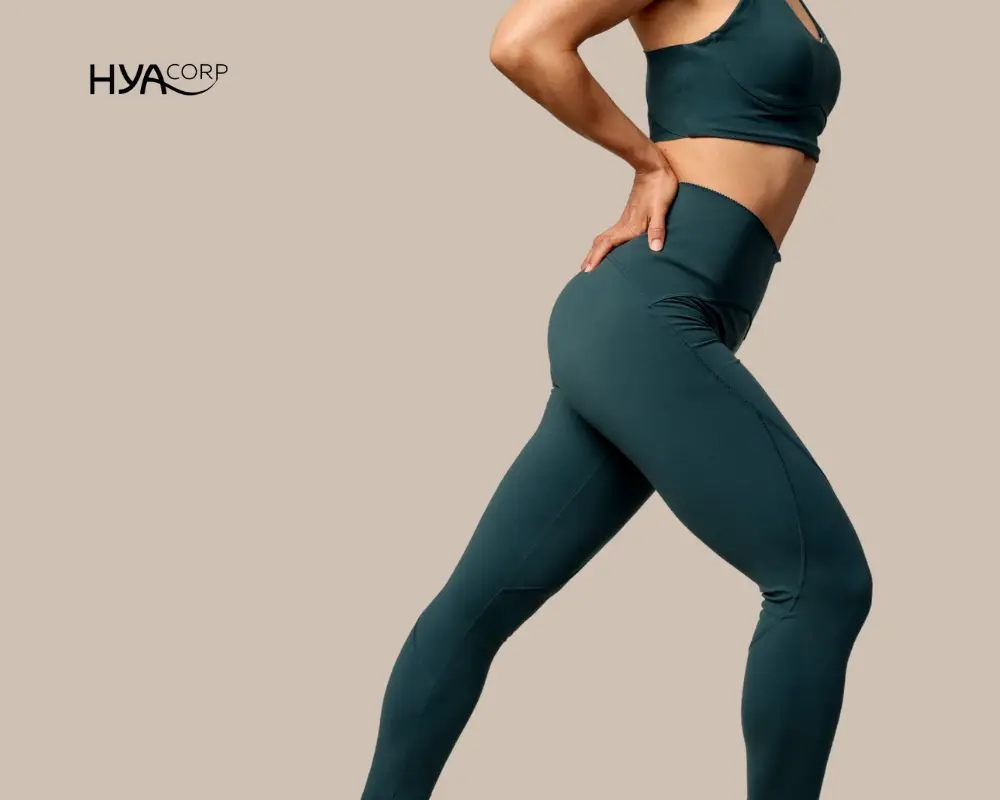
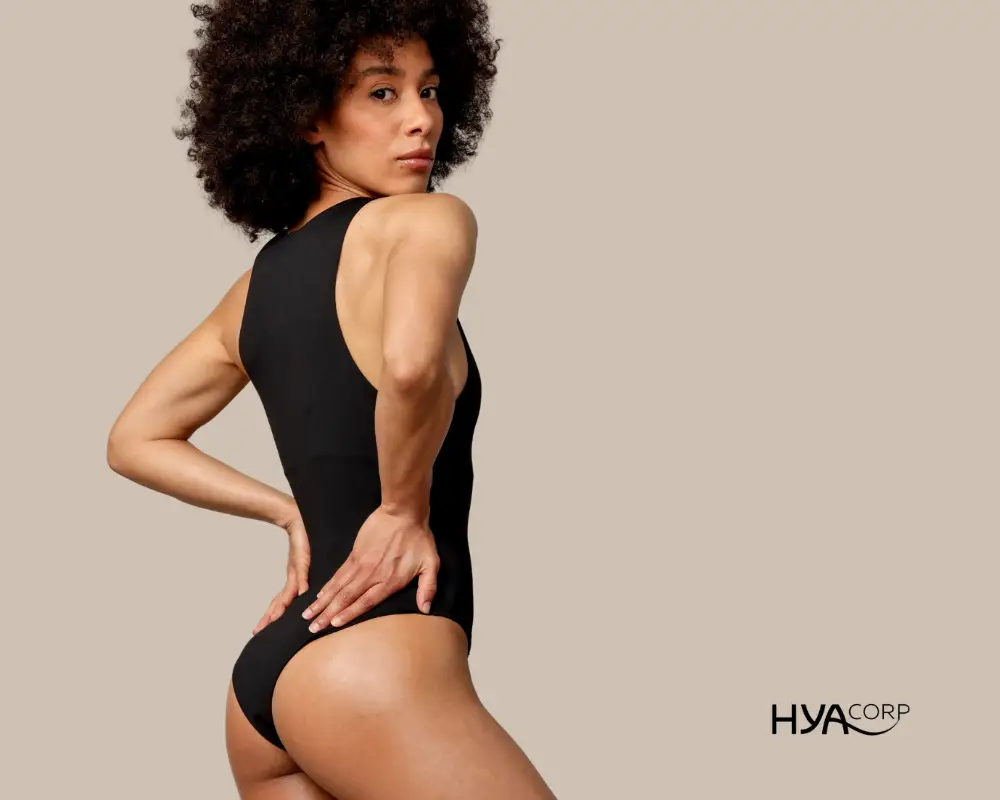
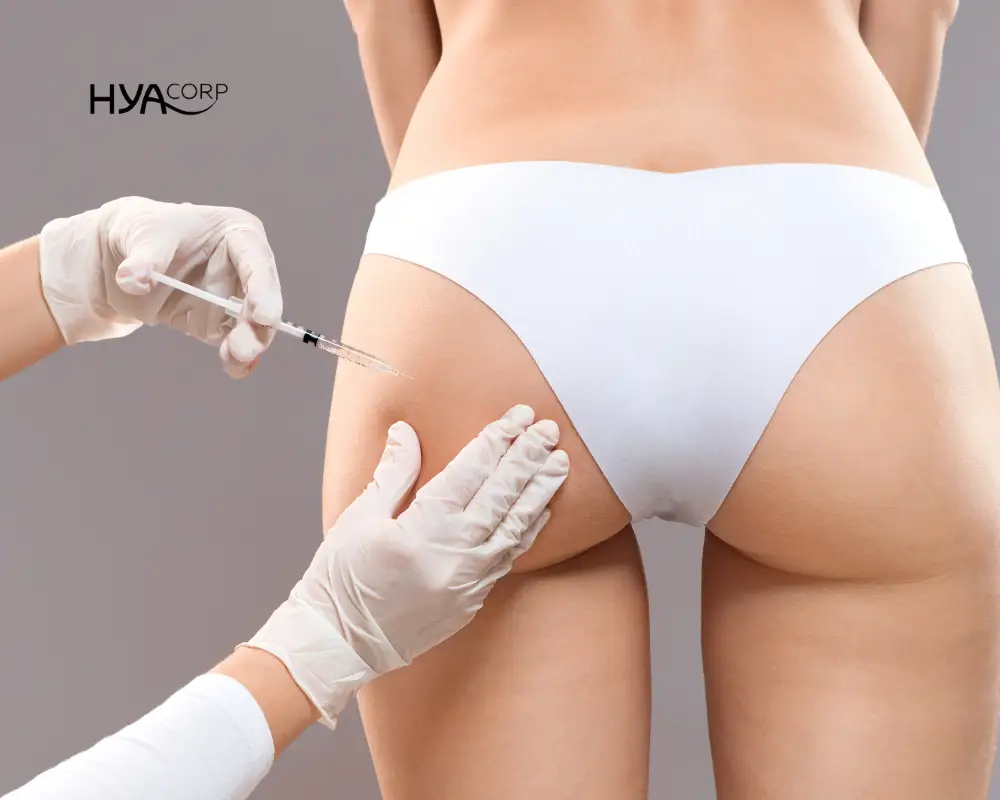
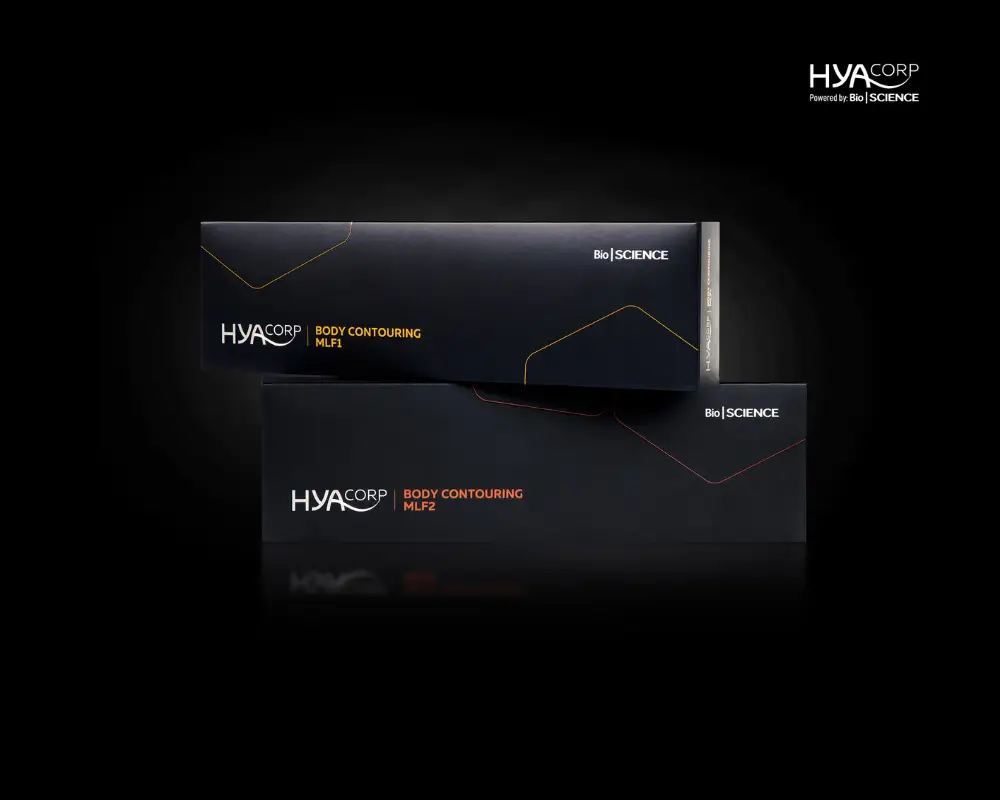
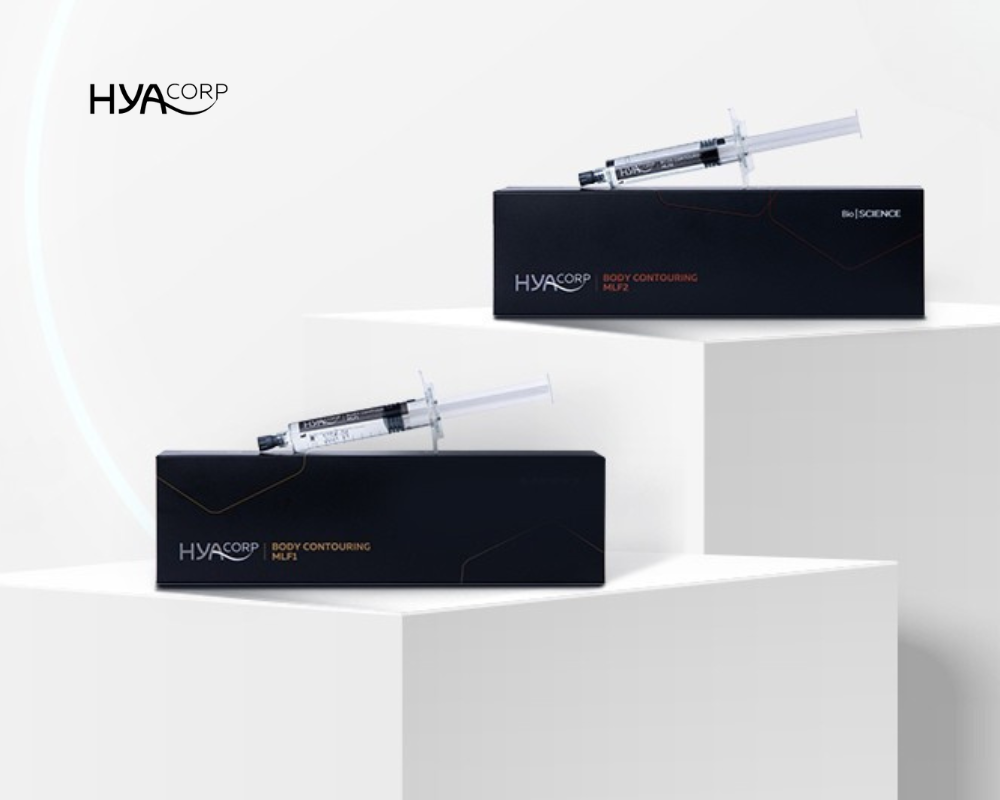
.webp)


